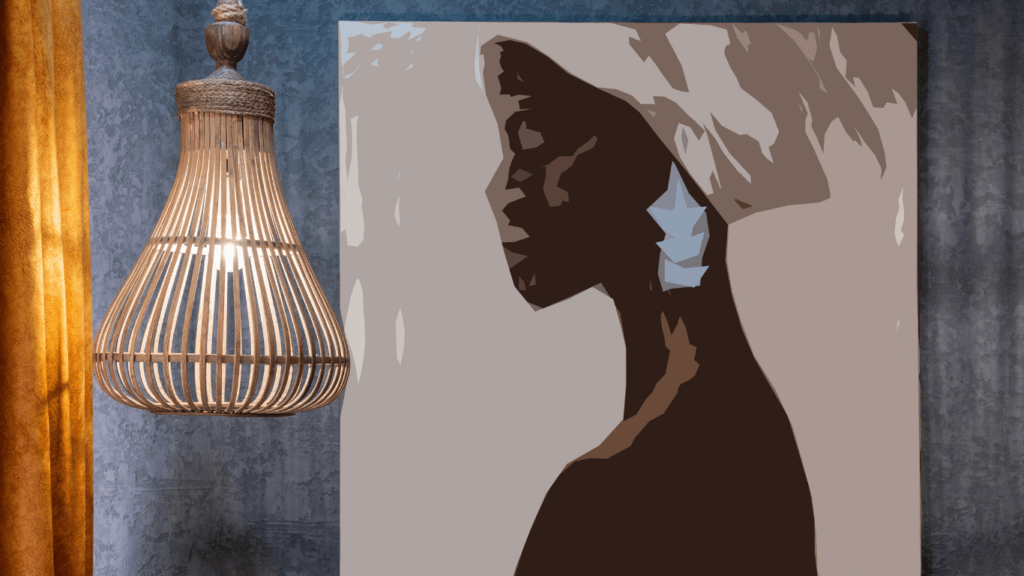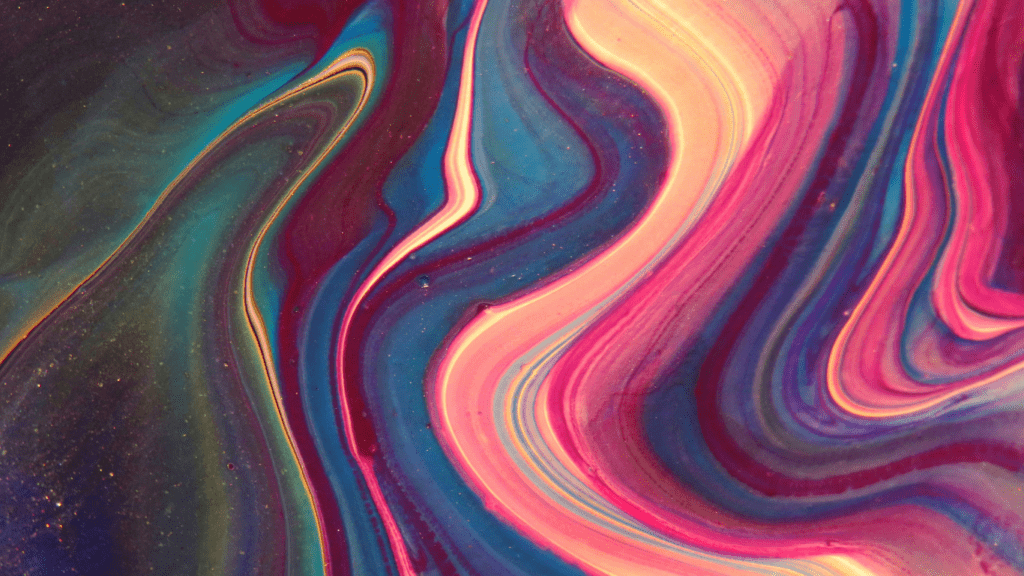Understanding Layering in Art
Layering in art refers to applying multiple layers of medium to a surface to create depth and complexity. Each layer interacts with the others, adding texture and dimension. Artists use various materials and techniques to achieve this effect.
Historical Context
Historical artworks often showcased intricate layering techniques. Renaissance artists, for instance, used glazes to build up luminosity in oil paintings. These layers allowed light to penetrate and reflect, creating a lifelike appearance.
Role of Materials
Materials play a crucial role in layering. Oils dry slowly, making them ideal for blending layers smoothly. Acrylics dry quickly, enabling rapid layering and adjustments. Mixed media combines diverse materials like pencils, ink, and paint, offering unique textural possibilities.
Techniques
Several techniques enhance layering effects:
- Glazing: Applying a transparent layer over a dried opaque layer to alter the color and add depth. Example: Oil glazes create rich shadows and highlights.
- Scumbling: Using a dry brush to apply a thin, broken layer of opaque or semi-opaque color over another color. Example: Scumbling in pastel works to soften areas.
- Underpainting: Establishing the basic color values and composition with an initial layer. Example: Using burnt sienna to sketch the composition in oil paintings.
Layering is fundamental to creating artwork that captivates and resonates with viewers. Understanding its historical context, material role, and techniques enriches an artist’s toolbox, leading to more engaging and complex artworks.
Essential Tools and Materials
Mastering layering techniques requires using the right tools and materials. Each tool and material plays a critical role in developing rich, complex artworks.
Paints and Mediums
Using the correct paints and mediums is vital for effective layering. Suitable options include oil paints, acrylics, and watercolor paints. Oils offer rich textures and prolonged drying times, ideal for intricate layers. Acrylics dry quickly and provide vibrant colors, suitable for artists who value speed. Watercolors, while more transparent, allow for delicate layers perfect for subtle transitions. Mediums like linseed oil (oils), acrylic gel medium (acrylics), and gum arabic (watercolors) modify paint properties to enhance the layering process.
Brushes and Knives
Selecting the right brushes and knives can impact the quality of your layers. Brushes come in various shapes and fiber types, each serving different purposes. Flat brushes work well for broad strokes, while round brushes are excellent for detail. Synthetic fibers suit acrylics and watercolors, while natural fibers pair better with oils. Palette knives enable more expressive strokes and texture creation, offering diverse application possibilities for each layer.
Surfaces and Supports
- Choosing suitable surfaces and supports ensures the layers adhere well and last.
- Canvas (cotton or linen) offers a flexible, textured surface, ideal for most paints.
- Paper is a versatile choice, available in different weights and textures, especially useful for watercolor and mixed media.
- Wooden panels provide a sturdy, smooth surface that can handle heavy layering techniques without warping.
- Proper preparation, like priming with gesso, stabilizes the surface for optimal paint adhesion and durability.
Basic Layering Technique

Mastering basic layering techniques enriches any artwork. They add depth, texture, and complexity, transforming a simple piece into a masterpiece.
Glazing
Glazing involves applying thin, transparent layers of paint over dried layers. This method creates luminous colors and subtle shifts in tone. For example, using linseed oil with oil paints or an acrylic gloss medium with acrylics enhances transparency and adhesion. Patience is key, as each layer needs to dry before the next is applied.
Scumbling
Scumbling creates a sense of depth and texture. I use a dry, stiff brush to apply a thin, opaque layer of color over another layer, affecting the underlying color. This technique works well with both oil and acrylic paints. For instance, lightening a dark background or softening edges adds interest and dimension to the piece.
Impasto
Impasto involves applying thick paint to create texture. This technique enables visible brushstrokes and adds a three-dimensional effect. Using a palette knife or a stiff brush with heavy-bodied paints like oils or acrylics gives the best results. For example, creating rough textures in landscapes or adding intensity to abstract works demonstrates the expressive potential of impasto.
Advanced Layering Techniques
Advanced layering techniques elevate artworks by adding intricate detail and depth, allowing artists to achieve rich, complex compositions.
Wet-on-Wet
The wet-on-wet technique involves applying wet paint onto a wet surface. This method creates smooth blends and gradual transitions. Oil painters often use wet-on-wet for seamless color mixing and creating gradients. To achieve this, painters work quickly before the underlying layer dries. When utilizing watercolors, wet-on-wet results in organic, fluid effects as colors merge naturally.
Wet-on-Dry
Wet-on-dry layering starts with dry paint, followed by wet paint applied over it. This technique allows for precision and control, making it ideal for detailed work. Acrylic artists commonly use wet-on-dry to build opaque layers without disturbing the base layer. It’s also effective with oils and watercolors when aiming for crisp edges and defined shapes, as each layer remains distinct from the previous one.
Mixed Media Layering
Mixed media layering combines various materials like charcoal, ink, and pastels with paint. This approach adds diverse textures and dimensions. Artists use mediums like acrylic gel for a tactile surface, integrating textiles, paper, and found objects. This technique encourages experimentation and innovation, providing unique visual and physical depth to artworks.
Tips for Achieving Depth and Texture
Layering techniques enhance depth and texture in artworks, creating visually rich and complex compositions. Below are key methods and tips to achieve this.
Layering Colors
Layering colors builds complexity in art. Start by applying a base layer of color. Once dry, add additional layers of different hues. This technique, called glazing, uses translucent layers to create depth. For instance, layering a translucent blue over a dried yellow base produces a vibrant green. Adjusting pressure and brush strokes will affect texture and overall impact.
Creating Light and Shadow
To achieve realistic light and shadow, build layers strategically. Begin by identifying light sources. Apply lighter shades on highlighted areas and darker tones in shadows. Gradual transitions between tones create a three-dimensional effect. Techniques like scumbling, where thin, opaque layers are brushed lightly over a dry layer, can soften transitions and add dimension.
Integrating Different Mediums
Combining various mediums adds unique textures and dimensions. Start with one medium as a base, such as acrylics. Once it’s dry, layer other materials like charcoal, ink, or pastels. The mixed media approach introduces different textures, emphasizing contrast. Experimentation is key; integrating diverse materials enriches the artwork’s complexity.





